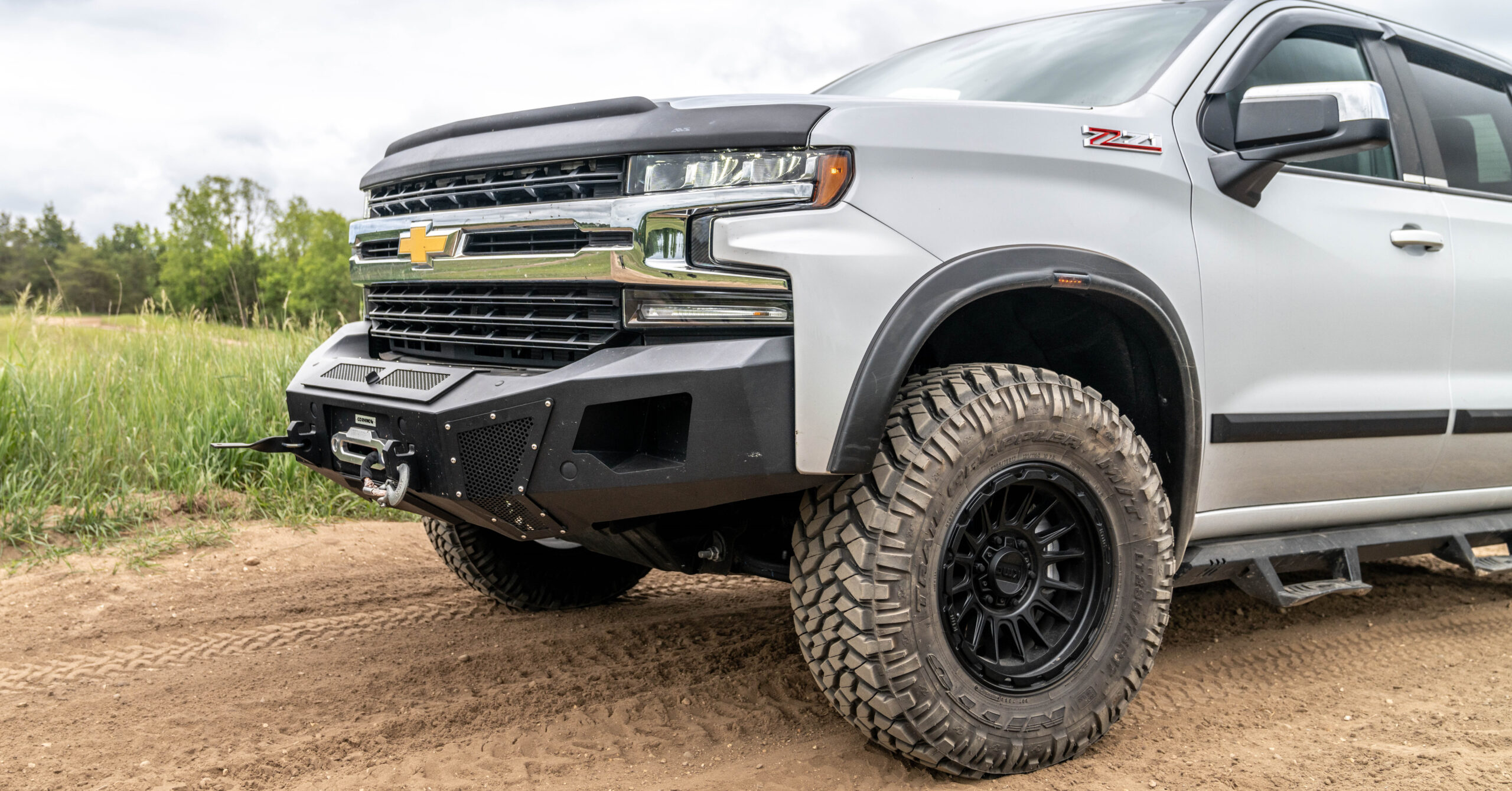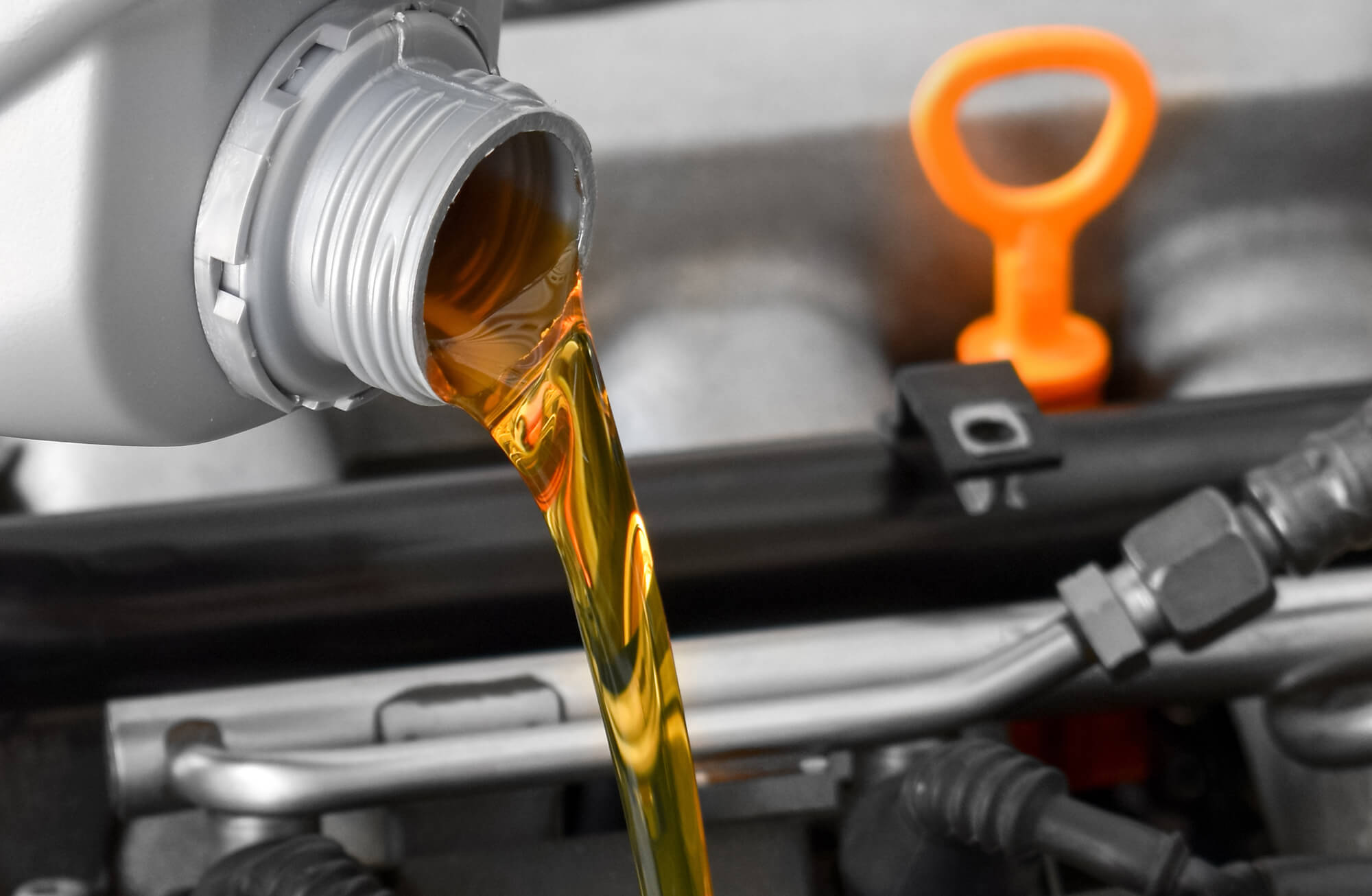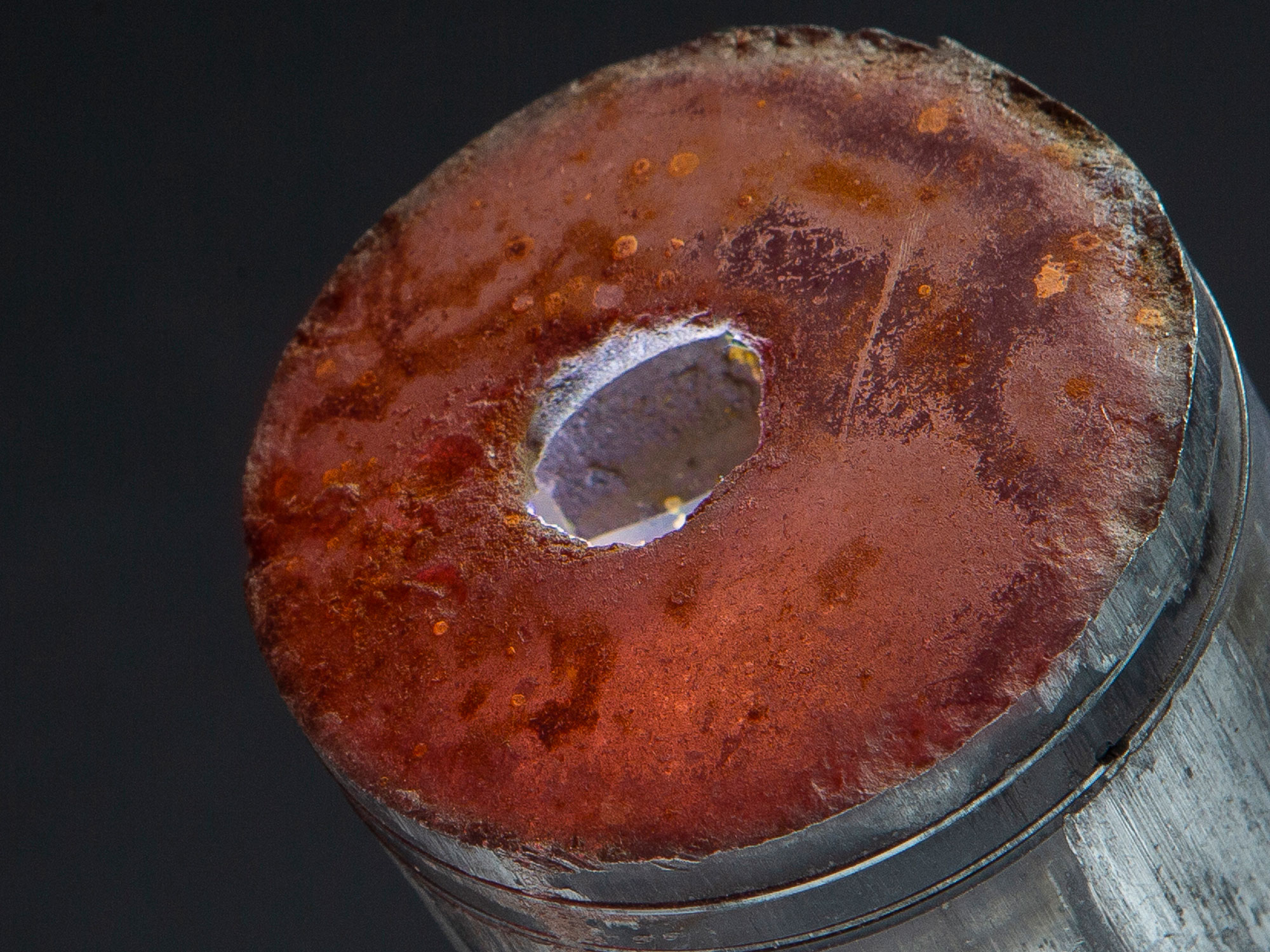Since 1920s car battery became one of the most important components in a fully functional vehicle. It walked a path from the most harmful part of a vehicle to an energy-preserving, environmentally friendly heart of modern car industry.
Considering that factory defect is a rare cause of a dead battery, its health requires some degree of attention from a car owner. Thankfully, you need just a little basic knowledge about how batteries work to be able to maintain it properly in your own home. This comprehensive guide will teach you about different types of batteries and maintenance they require. You’ll master what to do if your battery fails on the road, which negative factors affect its operational lifetime and how to avoid them.
Basic Knowledge About Car Batteries
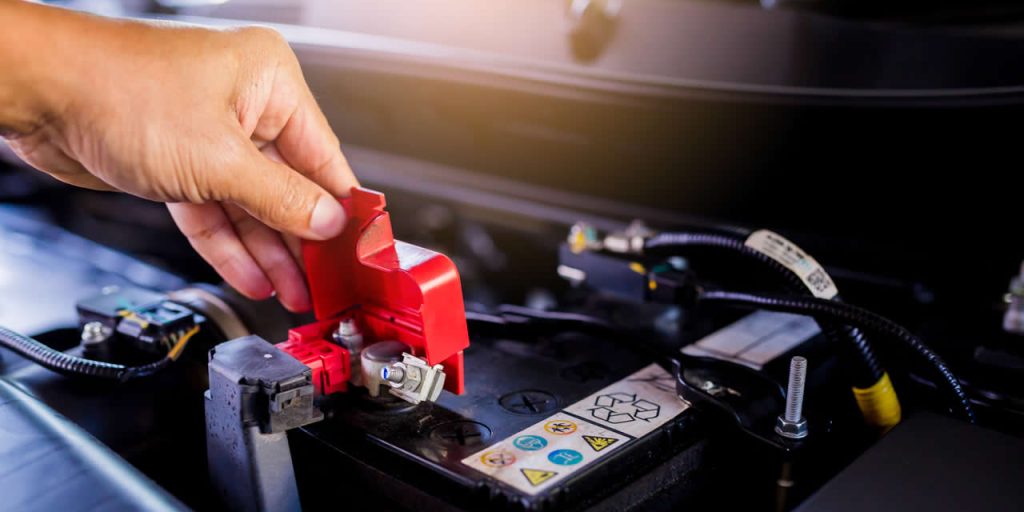
Vehicles evolve as different parts are getting more convenient to use or get cleaner in terms of environment. But fundamentals remain the same. You turn the key and a chemical reaction starts in your battery cells. This reaction converts into electrical energy, which then flows into the starter.
One move of your hand uses power inside the battery to start the engine. This power, more specifically the amount of it, is called voltage. Most vehicles use 12.6 Volt batteries. If the charge goes down to 12.2, it means we have only half of the power left. Less than 12 means the battery is dead.
In addition to providing the energy for starting your vehicle, the battery also stabilizes the voltage in order to keep your engine running correctly.
Just as our heart moves blood through our body, making us live long and healthy, car battery moves energy around your car, letting it drive you wherever you need.
How Many Types Of Batteries Are There?
1. Well established SLI
Acid-Lead batteries use time-proven SLI technology. It stands for Starting, Lighting and Ignition, which corresponds to your vehicle starting, your lights working and your ignition firing up the engine. Battery of this type consists of six battery cells. Each battery cell has a negative and a positive set of plates inside of it, which in turn hold several electrodes. It then relies on a lead-acid chemical reaction to start up your car’s engine.
2. Enhanced Flooded Battery
This is basically an improved SLI battery with higher performance. Polyester scrim is used here to stabilize the active material of the plates. It extends the life of the battery and allows multiple charging cycles. EFB batteries are commonly installed in vehicles with automatic, convenient start-stop systems. Due to its better performance, you may want to replace your conventional lead-acid battery with this one.
3. Absorbent Glass Mat
This battery is the best choice for vehicles with automatic start-stop systems and other elaborate functions with high power demands. The battery is constructed to be sealed airtight. It allows internal recombination of hydrogen and oxygen, therefore without any water loss. Safety valve is installed in AGM to prevent excessive pressure.
4. Lithium-Ion battery
Created to be the major approach to reducing harmful effect on environment, this battery is commonly used in hybrid or all-electric cars. The main downside is its vulnerability to low temperatures while charging. On the other hand, even Mars Curiosity rover uses it today, so why not trying it for yourself?
Low Battery And How To Detect It
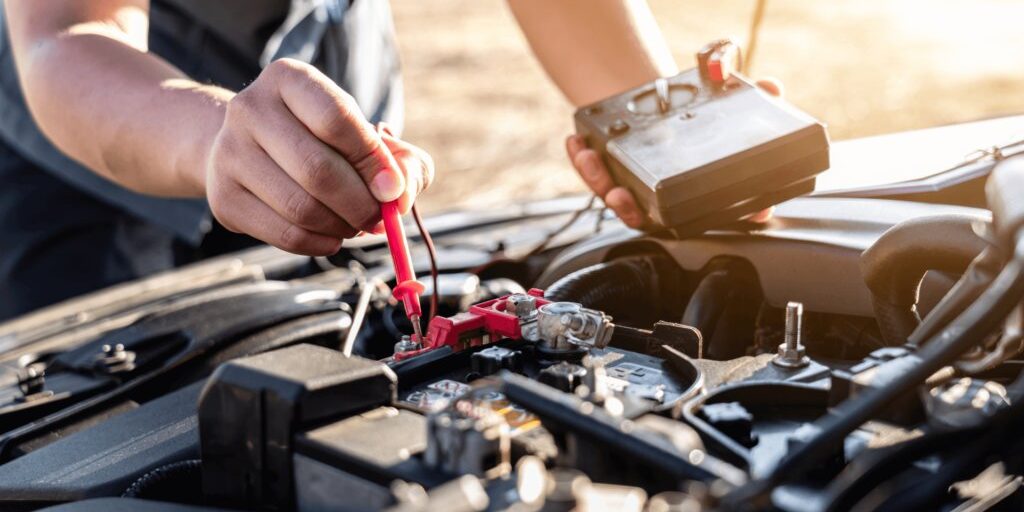
It’s important to react at first sign of a discharged or a bad battery. Otherwise, other electrical parts of the car, dealing with excessive internal voltage, could start to malfunction. If the problem is ignored, you may end up replacing not only your battery, but other vital parts too.
To prevent unnecessary hassle, remember to give your car to a mechanic for a full check-up at least once a year. Or use multimeter from time to time to check the condition of the battery.
These are the signs of low or faulty battery:
1. Low battery warning on the dashboard. It is highly unlikely that your vehicle’s computer is mistaken. So, if you see a warning icon flashing, near the speedometer, don’t ignore it.
2. Car is starting up slowly, with difficulties or not starting up at all. Your battery may be the reason why the vehicle is dead. Use multimeter to check battery health.
3. You need to press the gas pedal to successfully start the engine or strange sounds come out of the car.
4. Headlights are dim, or your windshield wipers are moving slower than they used to. It means your battery doesn’t have enough power to supply them.
5. No music in the car! If your radio doesn’t turn on, the battery is probably at fault.
How To Deal With Battery Problems
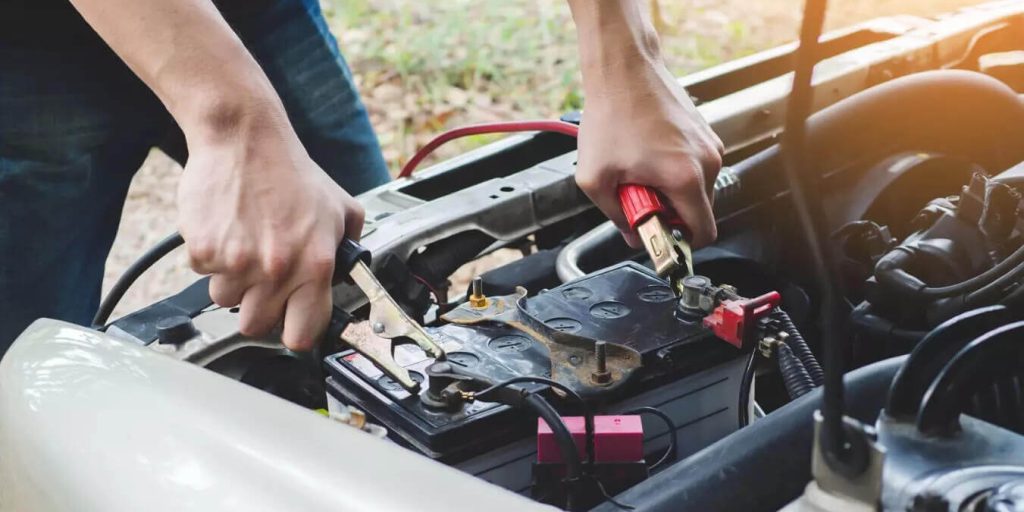
First of all, you have to understand how to prolong the lifespan of your battery. Generally, car batteries work properly for about five years. But they could get out of order faster under negative factors.
Do not leave your car radio or any lights on when you leave the car for a long period of time.
Don’t leave your battery without work for a long period of time. Even a few months without running can make your battery degrade, especially in cold conditions.
Try to keep your vehicle out of extreme conditions. Do not expose it to a freezing weather or damp areas. Keep the car in a garage or use it more frequently in winter to keep the temperature flowing and your battery working.
Don’t let battery connections be loose. Clamps or, as they are commonly called, terminals have to hold in place tightly, so that you cannot move them by hand.
Battery Died On The Road. What To Do?
If you find yourself stranded with low car battery charge, don’t panic, there are solutions to the situation.
You Can Jump Start Your Car With Someone’s Help
To do this you need another working car parked at least 18 inches apart from your vehicle and some jump start cables. Try asking other drivers for help, people tend to extend a helping hand to each other on the road.
Once you find another car, safely park both vehicles and turn the engines off. Open up both car hoods. If the top of your battery seems wet, don’t touch and be extremely careful! It may be an acid leakage.
Take your jumper cables and carefully connect batteries in this order. Attach one end of the red/positive cable to your dead battery’s positive (+) terminal. It is where your cars clamp is already attached. Then attach the other red end to a helping car’s battery. Next attach black/negative cable to a helping car’s battery.
Important! Do not connect the other black end to your battery! Instead, attach it to any metal part of your car but make sure there is no paint on the surface.
Turn on the engine of the working, helping vehicle and wait a few minutes. Start your car with a dead battery. If it’s not working, wait a little more. After you start your engine, leave both cars working to let your battery get some power. Then disconnect the clamps in the reverse order you attached them! Do not touch cables with each other, it may create a spark.
Let your car run for fifteen minutes so that your battery can recharge.
Now move in the direction of your home or nearest car service.
Call For A Mobile Mechanic
If there is no one to help you jump start your car, or it doesn’t do any good at all, search for a mobile mechanic in your area. He will rush to help with all the instruments needed. He will do a fast checkup and then will change your battery to a new one. All that without moving your car anywhere. But if the problem is not in your battery, you may need to take your car to a service center.
Prices For Car Batteries
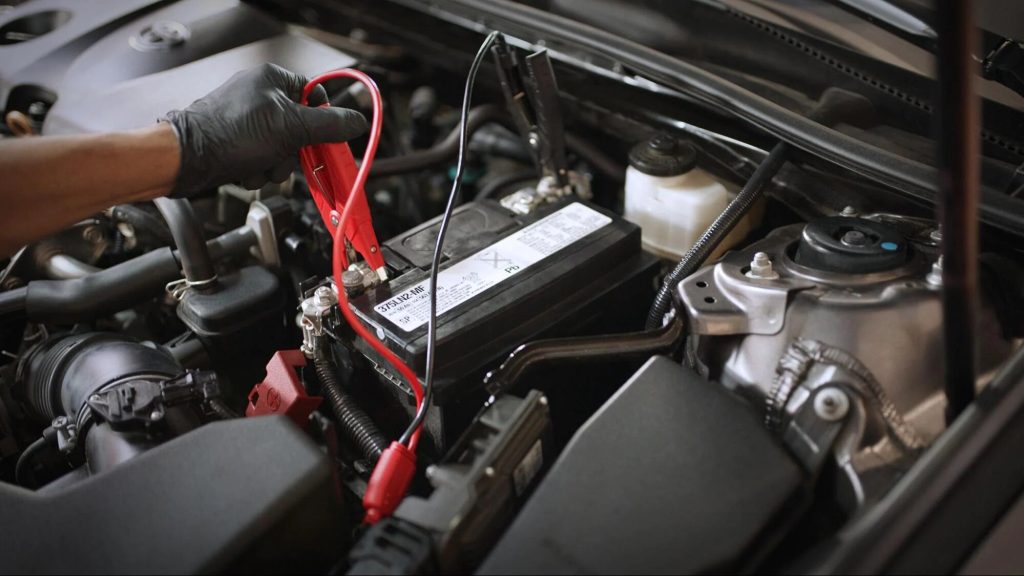
SLI lead-acid batteries are oldest on the market and therefore they are pretty cheap. Typically, they would cost you somewhere from $65 to $130. This is the cheapest option, although beware that this is the heaviest type of batteries.
EFB and AGM batteries are slightly more expensive, starting at $200.
And, of course, Lithium-Ion batteries cost around $1000 for a good quality, long service expectancy and minimal pollution in the environment.
Should I Save On Car Battery?
As we said before, once your battery starts acting up, other parts of your vehicle become vulnerable. Acid can leak out of the faulty battery causing more corrosion to it and damaging cables.
If you drive your car with low battery charge, there is no guarantee your engine would start again after you turn it off. This can be dangerous if you find yourself far from home or there is no car service in the vicinity.
Having a good, new battery in your car will protect you from worrying about it for at least three years. And it doesn’t cost much to check its health once or twice a year.
Also, a good, high-quality battery is good for environment, especially if you own hybrid or all-electric car.
Afterword
You may never need the information we provided for you today. Especially if you take your car to a mechanic every six months. Your car has to be checked-up every once in a while, just as we need to go to a doctor and check our health. Problems prevented in time will save you money and nerves.

